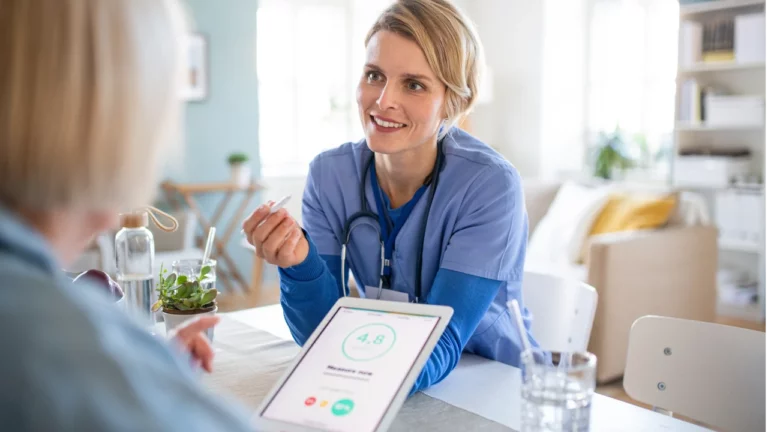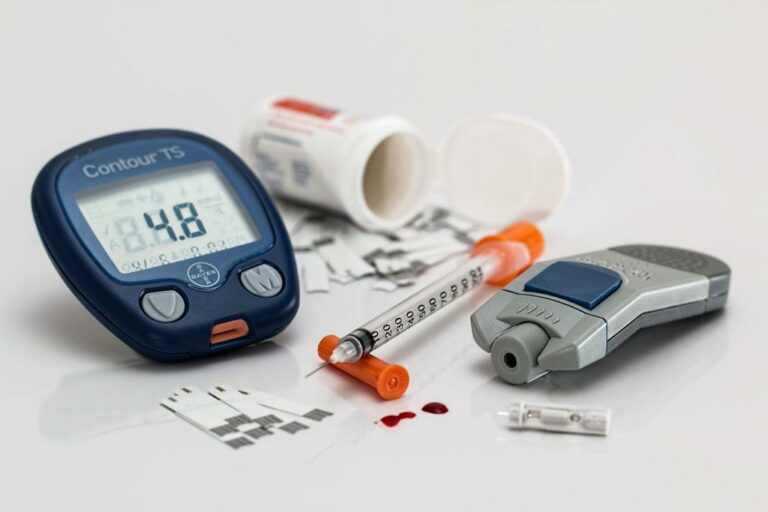Many countries professed the COVID-19 outbreak to be a public health emergency of international concern. Healthcare systems worldwide promptly redirected their procedures to deliver applicable management and support to compel governments in designing and executing sustainable interventions to contain the spread of the COVID-19 virus. Many countries now require strict social distancing to control transmission. However, these measures sternly restricted healthcare access and chronic disease management. Now that the transition from the pandemic to the new normal is on the way, with everything being uncertain and temporary, the health delivery system is still manifestly threatened and compromised.
Hypertension during COVID-19 and beyond
Hypertension is a major risk factor for both disease burden and death from coronary heart disease globally, and it can be reduced through chronic disease management. Cerebrovascular disease is also a significant burden. According to reports, COVID-19 patients with a history of hypertension had a greater morbidity and mortality rate than COVID-19 patients without a history of hypertension.
In many adults globally, hypertension treatment is still one of the most common reasons for outpatient visits to doctors’ clinics. Self-measured home-blood pressure monitoring was vital even before coronavirus proliferated in 2019, and it is even more important now to maintain blood pressure under control— just as managing blood pressure levels is becoming even more vital during the pandemic and beyond.
The regular measurement of blood pressure was far from satisfactory— which has been exacerbated by the COVID-19 pandemic. Unless under regular settings, BP readings at the clinics are not normally done according to current norms. Moreover, this condition deteriorated dramatically during the COVID-19 pandemic, resulting in difficulties accessing healthcare services, and a huge burden was placed on health care practitioners. In this regard, the usage of home BP tracking has provided useful solutions, especially when combined with connected health technology that allows for remote patient monitoring of self-measured BP levels.
RELATED ARTICLE: Digital Healthcare Intervention: Using Remote Monitoring to Lower Blood Pressure
Monitoring your blood pressure at home
The American Heart Association endorses the use of an automatic, cuff-style, upper-arm monitor in taking blood pressure. It is advisable not to smoke, drink caffeinated teas and beverages, or exercise 30 minutes before measuring blood pressure. The bladder should also be emptied and ensure at least 5 minutes duration of rest before measurements.
Sitting correctly with the back straight and reinforced by a back chair support is commendable. The arm for measurement should be bare and supported on a flat surface with the upper arm at heart level and the bottom of the cuff placed directly above the bend of the elbow. Lastly, the feet should be flat on the floor and the legs should not be crossed while taking the blood pressure.
How is blood pressure measured?
Home blood pressure monitoring for all people with hypertension is recommended to help the healthcare provider manage the elevations in blood pressure. Blood pressure is measured in units termed millimeters of mercury (mmHg). The readings of monitors are always given in pairs, with the upper pressure termed as systolic, which is displayed first, followed by the lower value, called the diastolic pressure measurement. Systolic pressure is literally the pressure attained when blood is pumped out by the ventricles of the heart. Diastolic pressure is the pressure when the heart is filling with blood between heartbeats. It is best to take the readings daily— at the same time every day.
What are the consequences of uncontrolled high blood pressure?
High blood pressure is known as a “silent killer” condition because it can quietly damage the body for years before symptoms develop and cause serious problems. Because high blood pressure usually has no symptoms, the only way to find out if you have it is to have your blood pressure checked.
The uncontrolled high blood pressure can cause damage to large and small blood vessels causing aneurysm, heart attack, stroke, chronic kidney disease, blindness, dementia, heart failure, peripheral artery disease, sexual dysfunction and carotid artery disease. Increase blood pressure can lead to disability, a poor quality of life, or even fatalities if left untreated.
Let us look at some of the facts and figures in the US presented by Centers for Disease Control and Prevention (CDC).
- Hypertension increases your risk of heart disease and stroke— both of which are leading causes of death in the United States.
- Hypertension was a primary or contributing cause in approximately half a million fatalities in the United States in 2018.
- Only roughly one-quarter (24%) of adults with hypertension have their condition under control.
- High blood pressure costs the United States approximately $131 billion each year on average from 2003 to 2014.
How to prevent the occurrence of high blood pressure?
The World Health Organization stated that prevention, monitoring and treatment of elevated blood pressure are the important measures in upholding public health. Studies have revealed that recognizing and monitoring blood pressure elevations can aid to avoid progress of this disease and its complications. A healthcare team that includes a doctor, a nutritionist, a pharmacist, and a specialist is usually needed to manage the elevated blood pressure and prevent complications. Healthy lifestyle changes and a multifaceted compliance to several medications are often prescribed to control high blood pressures. And since elevated blood pressure is usually a lifelong condition, it requires continued treatment and monitoring.
How could remote patient monitoring (RPM) help in preventing blood pressure elevations?
The COVID-19 pandemic significantly reduced face-to-face consultations but this should not jeopardize the quality and accessibility to important health services. Hence the practice of medicine using technology to deliver care at a distance is becoming more popular. Several studies have shown that enrolling in a remote patient monitoring program for patients with high blood pressure leads to better blood pressure control. Remote patient monitoring allows doctors to continue track healthcare data for patients and encourages patients to take more control when elevated blood pressure occur.
According to statistics, self-monitored BP at home is a strong indicator of possible cardiovascular risk than a manual BP check at the office. The American Heart Association and the American Society of Hypertension, as well as the European Society of Hypertension and the National Institute for Health and Care Excellence (NICE), recommend that blood pressure be monitored twice daily, with two measurements taken in the morning and two in the evening, and for seven consecutive days, ideally in the morning and evening, with two measurements taken 1–2 minutes apart.
Telemedicine, particularly remote monitoring of blood pressure, can assist patients who require constant monitoring, such as high-risk patients with chronic conditions (ischemic cardiac disease or heart failure, diabetes, and so on), as well as non-adherent patients. In the midst of the pandemic, RPM is flourishing and evolving as an invaluable resource for improving patient adherence and surveillance, avoiding disease transmission, encouraging early detection and maintaining quality of care for elderly patients with a variety of chronic conditions such as hypertension, heart disease, COPD, and diabetes.
Takeaway
Blood pressure monitoring is an easy but essential process that can prevent fatal consequences. Despite the social restrictions associated with COVID-19 in many countries, enrolment in a remote patient monitoring program that combines virtual healthcare support and home blood pressure monitoring can effectively help maintain and prevent elevations in blood pressure. In response, RPM has gained popularity among health systems worldwide, and this will stay even during the post-pandemic era.
To know more about the benefits of Remote Patient Monitoring Technology, visit DrKumo Inc.








